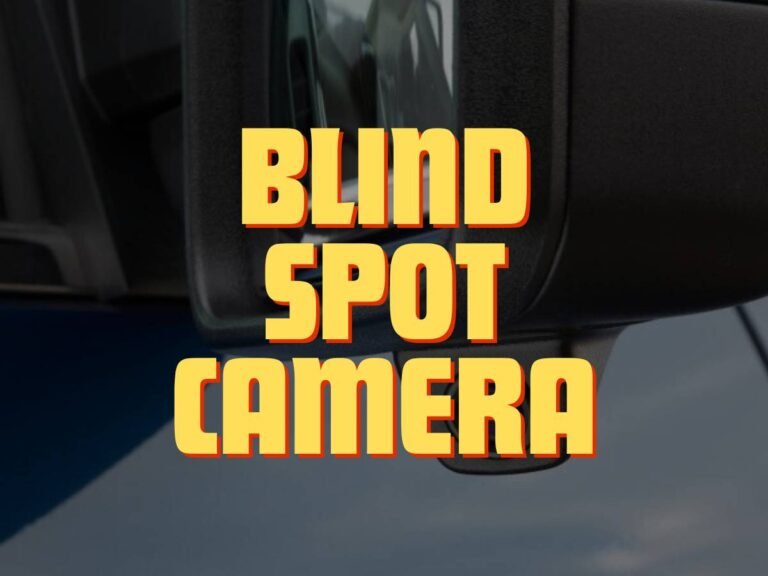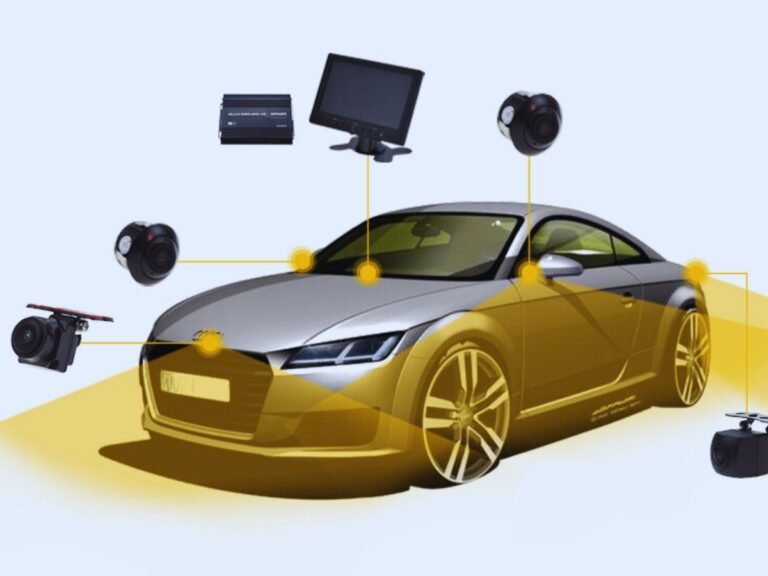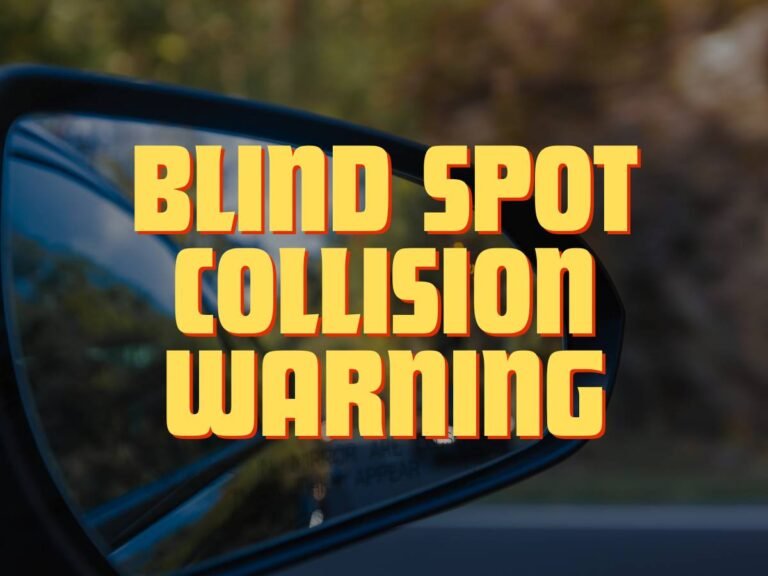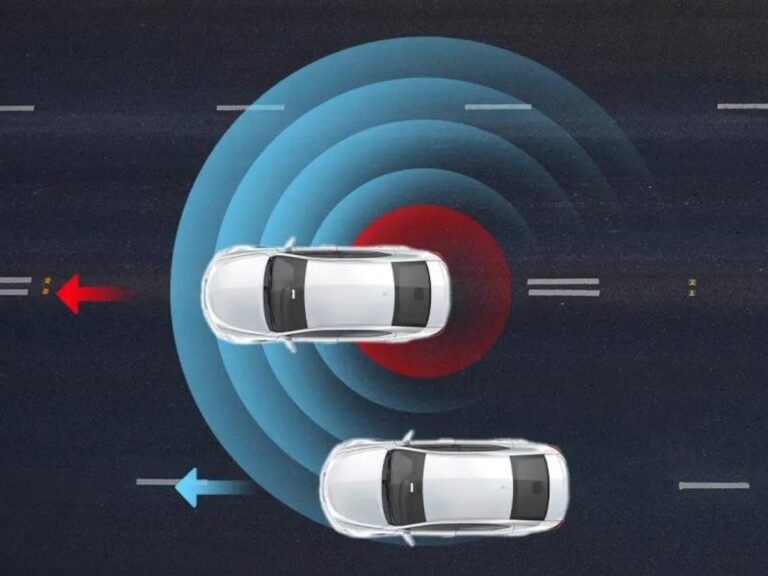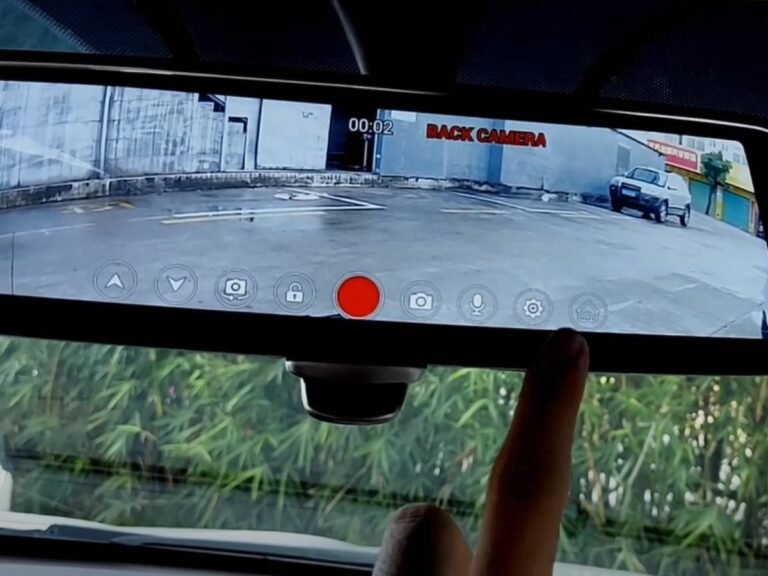Why Is Tesla Blind Spot Warning Different from Others?
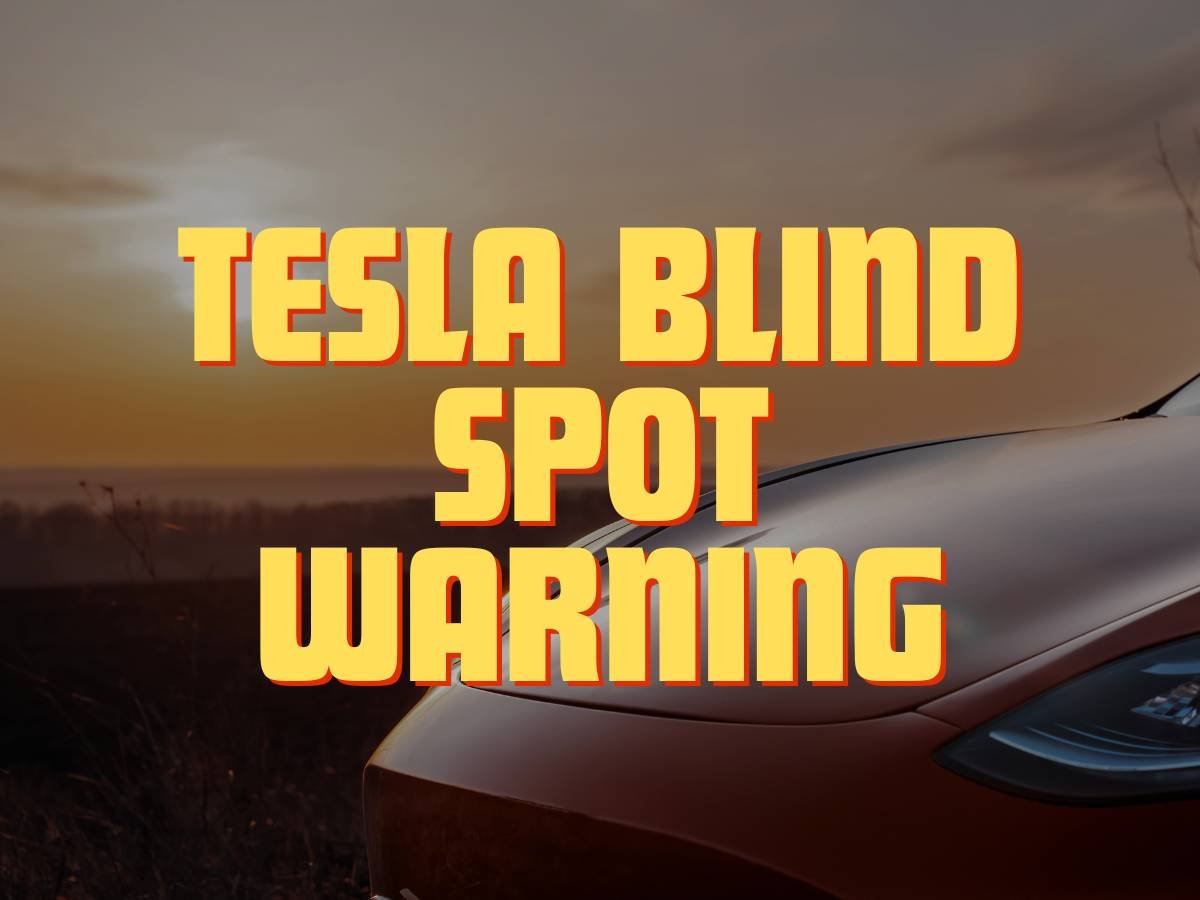
Tesla blind spot warning is different from other systems in several ways. It has an indicator on the side mirrors, while the touch-screen allows easy accessibility. It gives you real-time audible alerts to keep you updated on your surroundings. This way, you can make well-versed decisions on the road.
Tesla is one of the emerging car manufacturers that have taken the world by storm. Its recent releases come with advanced driving assistance, known as the Tesla blind spot warning. What is it? Most importantly, how is it different from other blind spot monitors? Let’s find out everything in this detailed guide!
Tesla Blind Spot Warning 101
The primary purpose of Tesla blind spot warning is to alert drivers to the presence of vehicles in their blind spots. It reduces the risk of accidents during lane changes or merges. By utilizing cutting-edge sensors and technology, Tesla’s system provides real-time monitoring of surrounding traffic conditions. It issues timely alerts to drivers when it detects vehicles approaching from the sides.
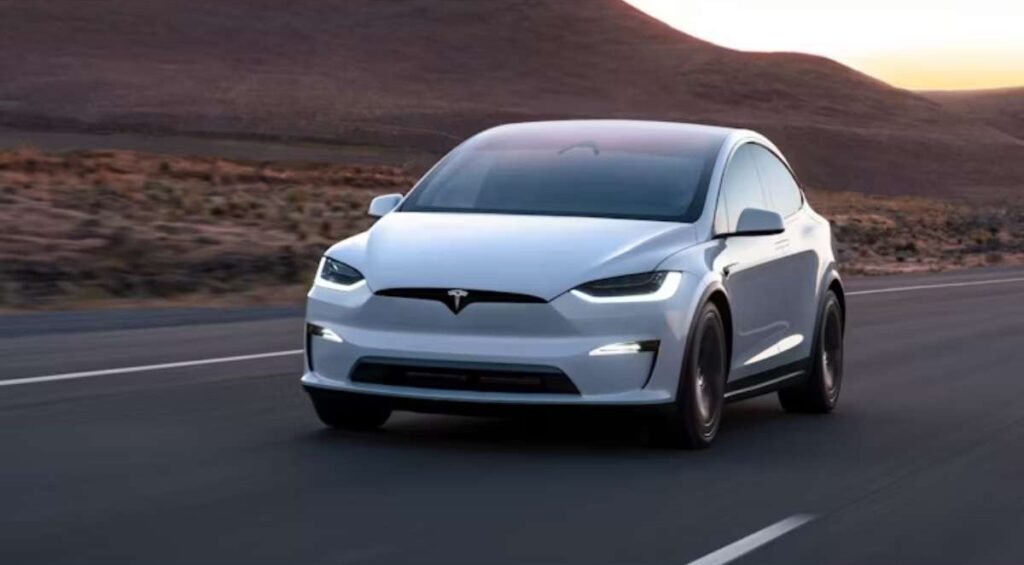
Integration with Tesla Autopilot and Full Self-Driving
Unlike traditional blind spot warning systems, Tesla’s approach integrates seamlessly with its Autopilot and Full Self-Driving capabilities. Tesla’s system goes beyond mere detection, offering a more comprehensive safety solution that aligns with the company’s vision of autonomous driving.
This blind spot warning alerts drivers to potential hazards. But, it also contributes to the overall intelligence of the vehicle’s autonomous driving capabilities.
Tesla blind spot warning is an integral part of the company’s broader suite of Autopilot features. These functions include adaptive cruise control, lane-keeping assistance, and automatic lane changes. The system’s integration with Tesla enables it to proactively monitor blind spots while autonomously navigating traffic, further enhancing safety and convenience for drivers.
It is also important to note that Tesla continues to develop its Full Self-Driving technology. And, its blind spot warning serves as a crucial component in the evolution toward fully autonomous driving. It aims to reliably detect and respond to surrounding traffic conditions with minimal human intervention.
Working of Tesla Blind Spot Warning
Tesla blind spot warning operates through a sophisticated combination of sensors and technology. Here’s how it works:
Sensors & Technology
Tesla vehicles are equipped with an array of advanced sensors. That includes cameras, ultrasonic sensors, and radar, strategically positioned around the vehicle. They provide comprehensive coverage of their surroundings.
These sensors work in collaboration with Tesla’s powerful onboard computer system. They continuously analyze data to identify vehicles in the driver’s blind spots.
Detection Range & Accuracy
One of the key strengths of the Tesla blind spot system is its impressive detection range and accuracy. By leveraging radar technology, Tesla vehicles can detect objects and vehicles in adjacent lanes. It can cover significant distances, providing a broader coverage than many other systems.
The extended detection range enhances the system’s ability to provide early warnings to drivers. It allows them to take proactive measures to avoid potential collisions.
Visual & Audible Alerts
When a Tesla blind spot monitor detects a vehicle in the driver’s blind spot, it promptly issues visual and auditory alerts. Basically, it is to grab the driver’s attention and update them on the current situation.
These alerts are displayed on the vehicle’s touchscreen interface and accompanied by audible warnings. By providing both visual and auditory cues, the Tesla blind spot system maximizes its effectiveness in alerting drivers.
How to Activate & Customize Tesla Blind Spot Warning
Now, let’s take a more detailed look into the activation and customization of the Tesla blind spot warning.
Enabling Tesla Blind Spot Warning
Here’s how to activate the system:
- Access Vehicle Settings: Begin by accessing your Tesla’s settings menu. It can typically be found on the touchscreen interface, often located within the Controls or Autopilot settings section.
- Navigate to Autopilot Settings: Within the settings menu, locate and select the Autopilot settings. That is where you’ll find the options related to Tesla’s advanced driver-assistance features, including blind spot warning.
- Enable Blind Spot Warnings: Once in the Autopilot settings, look for the option labeled “Blind Spot Warning” or a similar term. Toggle the switch to enable this feature. You may be prompted to confirm your selection for activation.
- Confirmation & Calibration: After enabling a Tesla blind spot warning, your vehicle may require a brief calibration process. Follow any on-screen prompts or instructions provided by the vehicle to complete this calibration.
- Verify Activation: Once the calibration process is complete, verify that the Blind Spot Warning is now active. You can do so by checking for visual indicators or confirmation messages on the touchscreen display. Also, test the feature by performing a lane change maneuver.
Customizing Tesla Blind Spot Warning
Here are all the customization options you can find in the Tesla blind spot warning:
- Sensitivity Settings: Tesla vehicles offer customization options to adjust the sensitivity of blind spot warning alerts. Depending on your preferences and driving habits, you can fine-tune the system. This way, it can provide alerts earlier or later, based on the proximity of vehicles in your blind spots.
- Alert Type: Drivers can choose between different types of alerts for the bind spot warning system. That includes visual cues, auditory alerts, or a combination of both. Customizing the alert type allows you to tailor the system to your preferred method of receiving warnings.
- Notification Preferences: Additionally, Tesla vehicles may offer options to customize the frequency or intensity of blind spot notifications. It allows you to strike the right balance between staying informed and avoiding unnecessary distractions while driving.
Conclusion
Tesla blind spot warning stands as an advanced system, modernizing the way drivers navigate the roads. It harnesses cutting-edge sensors and technology. Furthermore, its seamless integration with Autopilot and Full Self-Driving capabilities eliminates your driving stress.
That is by automating all the essential safety features in your Tesla vehicle. In short, it empowers drivers with heightened situational awareness and proactive collision avoidance.

